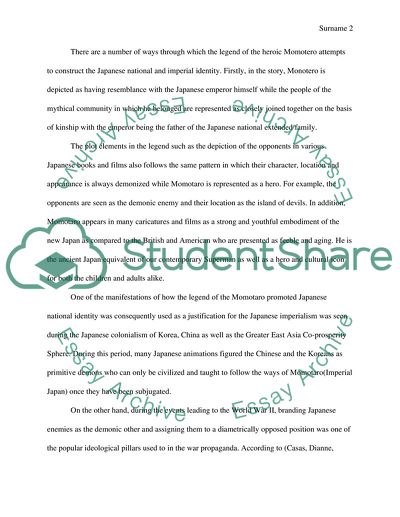Cite this document
(Japanese Folklore Analysis Project: The Legend of Momotaro Assignment, n.d.)
Japanese Folklore Analysis Project: The Legend of Momotaro Assignment. Retrieved from https://studentshare.org/literature/1849306-japanese-folklore-analysis-project
Japanese Folklore Analysis Project: The Legend of Momotaro Assignment. Retrieved from https://studentshare.org/literature/1849306-japanese-folklore-analysis-project
(Japanese Folklore Analysis Project: The Legend of Momotaro Assignment)
Japanese Folklore Analysis Project: The Legend of Momotaro Assignment. https://studentshare.org/literature/1849306-japanese-folklore-analysis-project.
Japanese Folklore Analysis Project: The Legend of Momotaro Assignment. https://studentshare.org/literature/1849306-japanese-folklore-analysis-project.
“Japanese Folklore Analysis Project: The Legend of Momotaro Assignment”, n.d. https://studentshare.org/literature/1849306-japanese-folklore-analysis-project.


